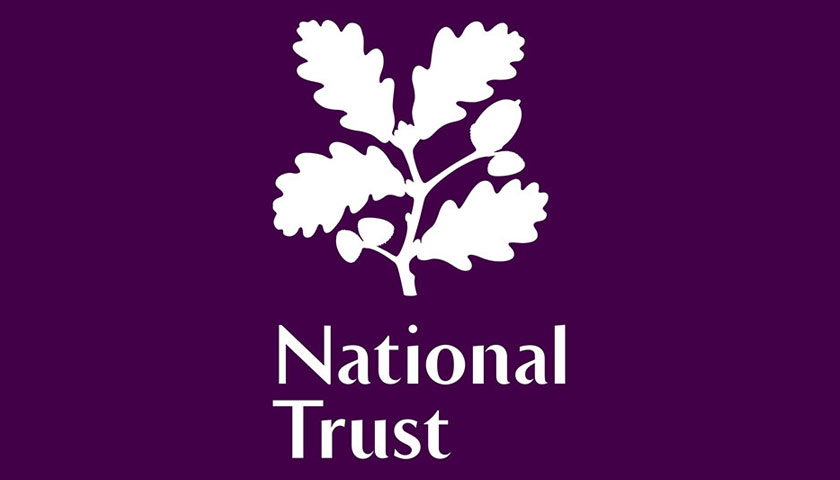Ella’s Kitchen, the UK’s most loved kids’ food brand and certified B-Corp, is committed to bold, measurable action to tackle climate change and protect nature for future generations.
That’s why Ella’s Kitchen is partnering with the RSPB to protect and restore 30 million square feet of nature-rich wildflower meadows and grassland across RSPB reserves by 2030.
A pipeline of projects has been planned from 2023 – 2030 to maintain and restore these vital landscapes and protect the homes of birds, bees and bugs.
Why wildflower meadows?
Wildflower meadows and grasslands are vitally important habitats for all sorts of wildlife. We’re talking butterflies that flit between wildflowers to the hum of bees foraging for pollen in the sunshine. Green Woodpeckers chatter as they hunt for ants, and Skylarks sing in the sky above. As dusk falls, moths emerge, attracted to the evening perfume of flowers, and if you’re lucky you may even spot a silent Barn Owl as it glides across the meadow…
However, these vibrant habitats are now rare. We’ve lost 97% of our wildflower meadows in the UK since the 1930s. That’s why it’s so important to reverse the loss of wildflower meadows and encourage nature to bloom in these spaces around the UK.

How the RSPB will restore wildflower meadows
With UK wildflower meadows so vastly depleted, it’s essential that we create new areas of species-rich meadows.
From bird’s-foot trefoil and ox-eye daisies in Southern chalk grasslands, to acid-rich uplands with harebells and dog violets, we need to regenerate the right plants in the right places to have maximum positive impact for bees, bugs and butterflies.
Through a mixture of seed sowing, plug planting, and allowing natural regeneration, Ella’s Kitchen and the RSPB will convert land into meadows and grasslands that are alive with colour across the UK.

And what about our current spaces?
It might surprise you that meadows need to be looked after – if left alone, they will eventually turn to woodland. Wildflower meadows are man-made landscapes, harking all the way back to the Bronze Age and the beginning of crop-growing. Over that time, a vast number of species have evolved to thrive in these habitats. But now they’re disappearing.
So, we’ll also be looking after existing wildflower meadows: planting, removing invasive species and grazing or cutting, to ensure they remain biodiverse and continue to flourish year after year.

Where to see the 30 by 30 meadows
It’ll take a few years until some of the places we’re turning into new wildflower meadows and grasslands are blooming beautifully, but you can still see wildflowers at their best from May – August at some of the reserves Ella’s are supporting:
Blacktoft Sands
Horseshoe Meadow holds at least 65 wildflower plant species (not including grasses) that provide flowering plants from March to November.
Will you spot Essex Skipper butterflies darting between Clovers, Bumblebees feeding on the bright pink spikes of Pyramidal Orchids, or Tree Sparrows and Goldfinches zooming across the meadow?
Loch Lomond
Twenty Acres is a Coronation Meadow, one of sixty wildflower meadows supported by King Charles to celebrate the Diamond Jubilee of Elizabeth II. One the last remaining fragments of native wildflower rich grassland in West Dunbartonshire, look for white sprays of Whorled Caraway, fluffy yellow Tufted Loosestrife, and pink frayed Ragged Robin.
Otmoor
At Otmoor, Ella’s Kitchen will be helping to turn an area of species poor grassland into a wildflower-rich meadow.
Currently, you can visit an existing meadow which supports 35 species of butterfly and 98 species of wasps and bees. We’ll collect seed from this meadow using a brush harvester to plant the new meadow full of the same flowers that pollinators love!
Dove Stone
Dove Stone Nature reserve features a tapestry of habitats, from mixed woodland and grasslands to open moorland and blanket bog, all teeming with life.
Currently at Dove Stone are meadows of Betony, Field Scabious Lady’s bedstraw, Common knapweed and Yarrow. Our partnership with Ella’s Kitchen will fund a 7-year project to enrich and diversify rough grassland swards with wildflower seed and plug plants.
We’ll be working together across nine RSPB nature reserves, including:
- Blacktoft Sands in Lincolnshire
- Dolydd Llyn in North Wales
- Dove Stone in Lancashire
- Haweswater in Cumbria
- Loch Lomond in West Dunbartonshire
- Medmerry in West Sussex
- Otmoor in Oxford
- Tiree in the Hebrides
- And one other, which contains such rare species, the location is top secret!


